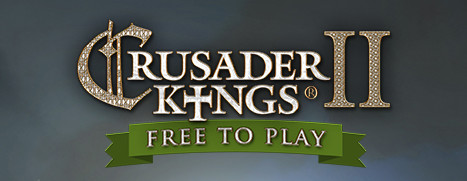
May 15, 2017
Crusader Kings II - contact@rockpapershotgun.com (Adam Smith)

Crusader Kings 2 [official site] is secretly Crusader Kings 5 or 6. The specific number isn’t important; the point is, Paradox’s alternate history generator has grown in all directions since release. The timeline covered has expanded, the map is much bigger, there are more cultures and religions, and you can join a cult and give birth to the antichrist.
There wasn’t an official expansion announcement at PDXCON, the media event and fan gathering that I returned from yesterday, but today game director Henrik F hraeus published a post discussing some future changes. The playable world is getting bigger, again: “the Himalayas and the vast Tibetan plateau” are opening for business.








